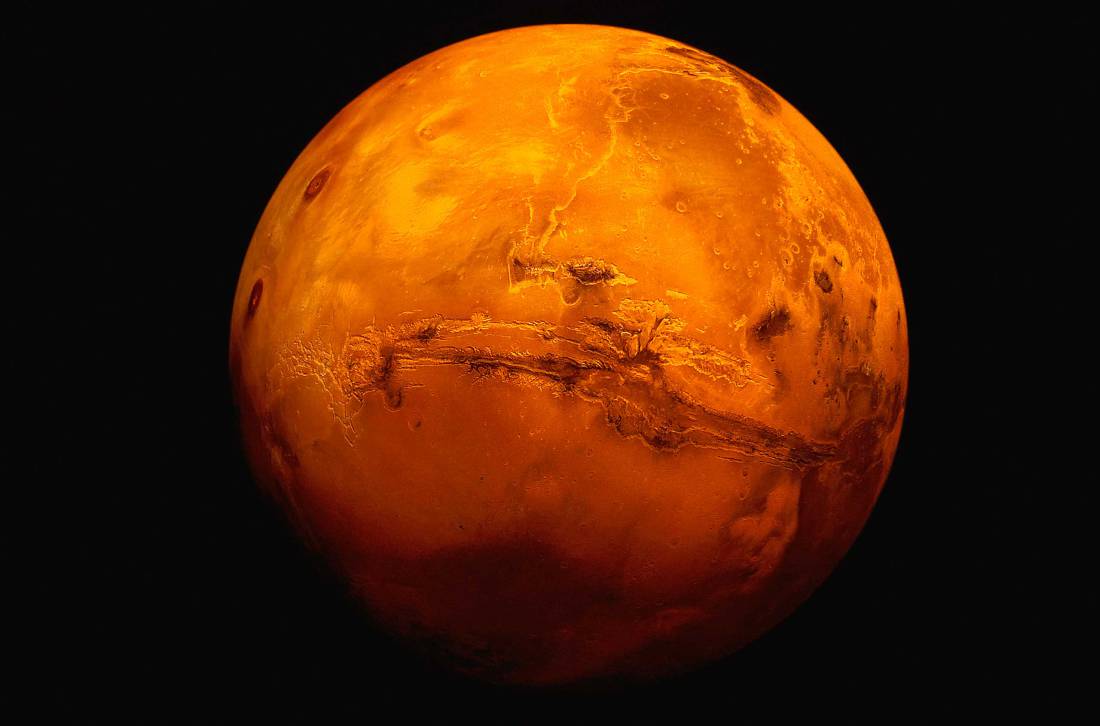
Microbial Life
In 2007, NASA’s unmanned Spirit Rover wheeled across Mars, taking photographs and data, until it eventually got stuck in soft red soil two years later. Photographs of hot spring silica deposits were seen, but was thought to be just another geological structure. That is until quite recently when two geologists discovered similar deposits here on Earth, and found that these structures are made by tiny organisms—now suggesting existence of the organisms on the Red Planet.
Arizona State University geologists Steven Ruff and Jack Farmer’s research is detailed in Nature Communications. They contrasted the Spirit’s study on the Mars Home Plate with their findings in the El Tatio Chilean hot springs, a place known to be the best“Mars analog” because of its high elevation, extreme freeze-thaw temperatures, and high exposure ultraviolet rays. Ruff described the mineral outcrops found in El Tatio to be “the most Mars-like of any silica deposits on Earth.”

The finger-like silica deposits found in Home Plate were poorly misunderstood. Now, the geologists have determined that microbes play a major role in forming the silica deposits, suggesting that the same has been occurring on Mars.
Future Exploration
The ASU researchers’ discovery prompts future explorations to search specifically for the possible biosignatures in the silica structures. NASA has announced plans to send a new rover to Mars in 2020, and this new mission, which is yet unnamed, could be specifically instrumented and prepared for the search for microbial life.
Today, continued study about Mars’ dynamic system is ever-imperative as plans to send humans there loom closer to materialization. These discoveries could greatly alter preparations from SpaceX and NASA before we can finally set up camp on the Red Planet.